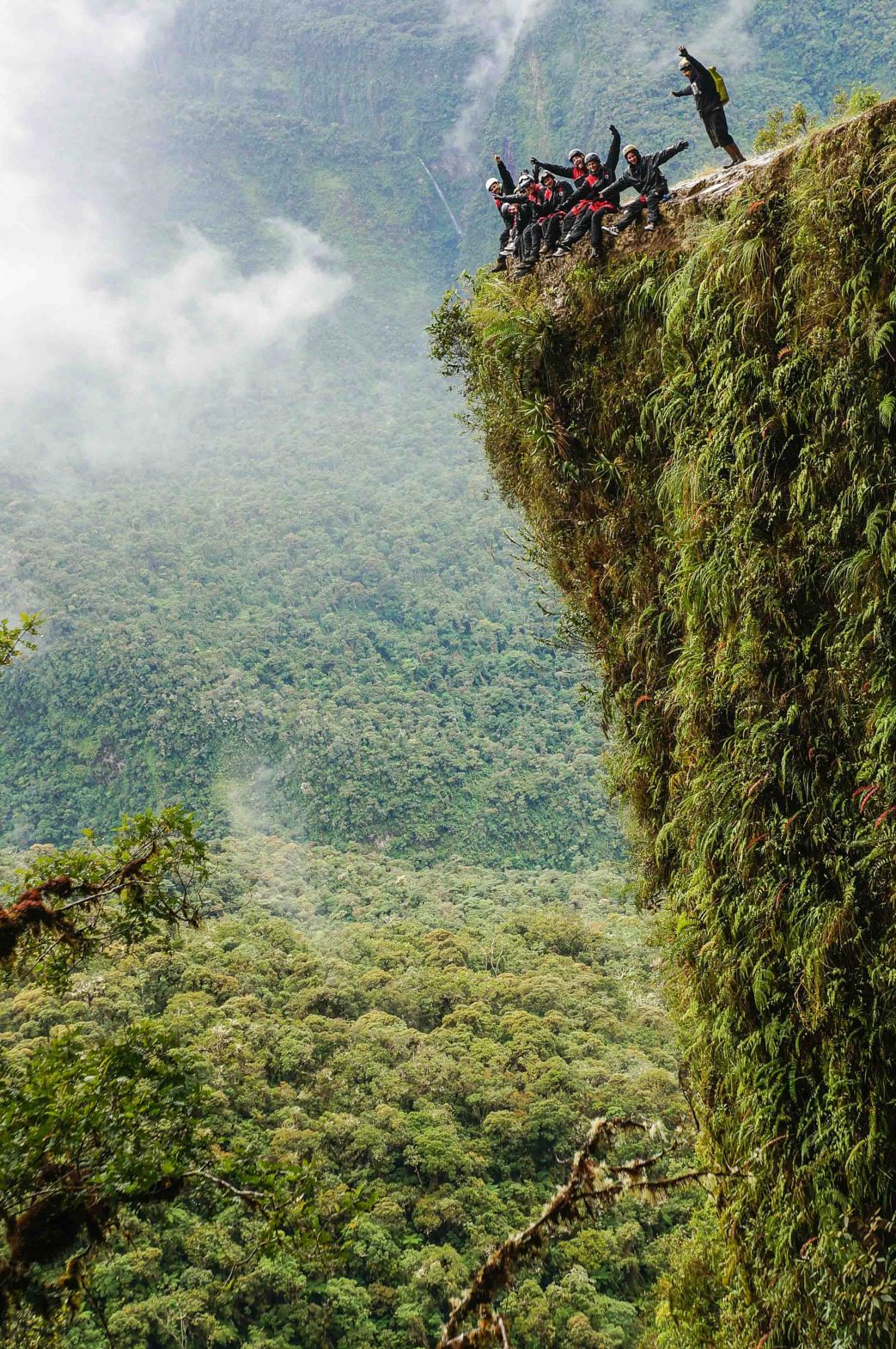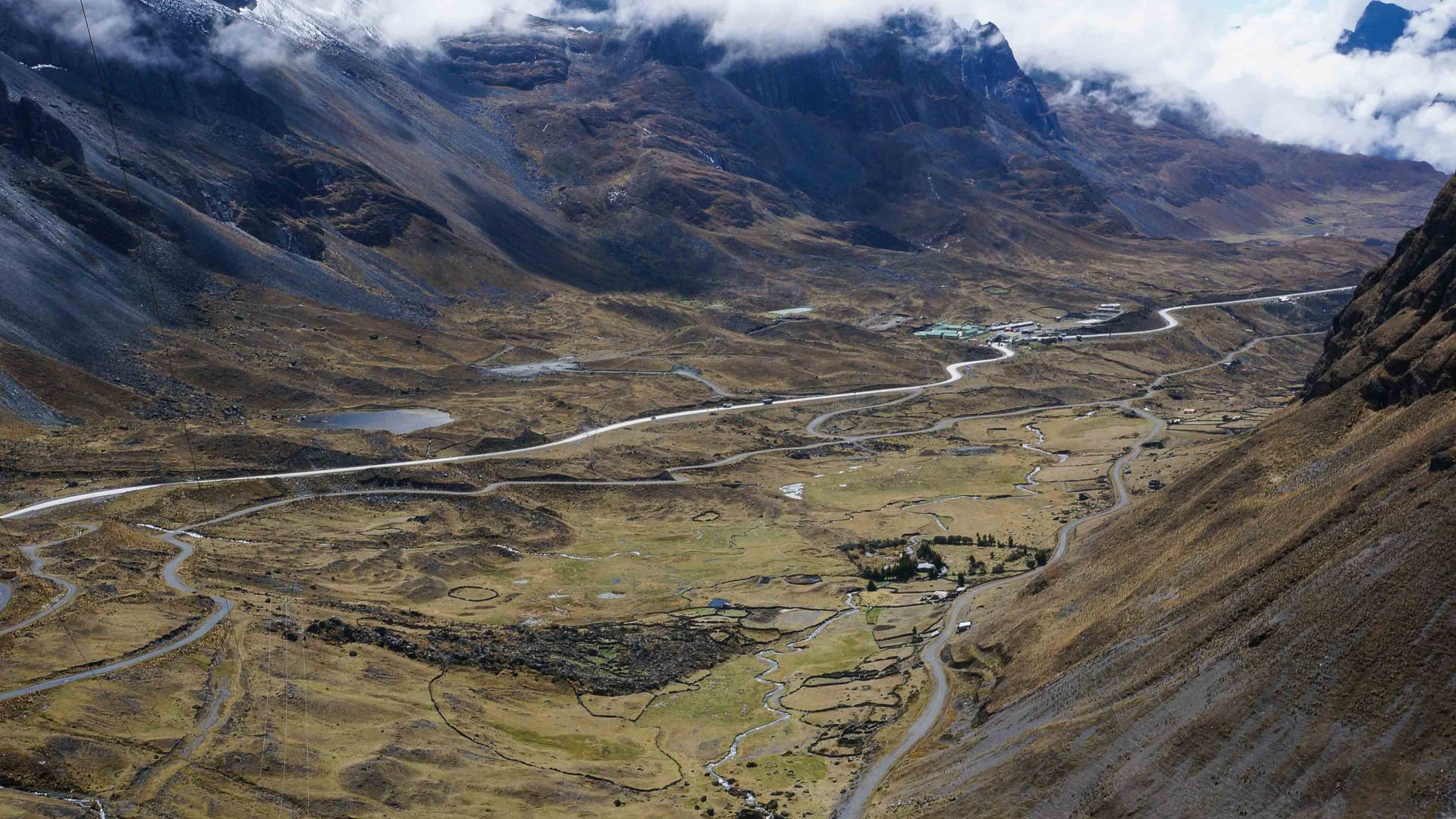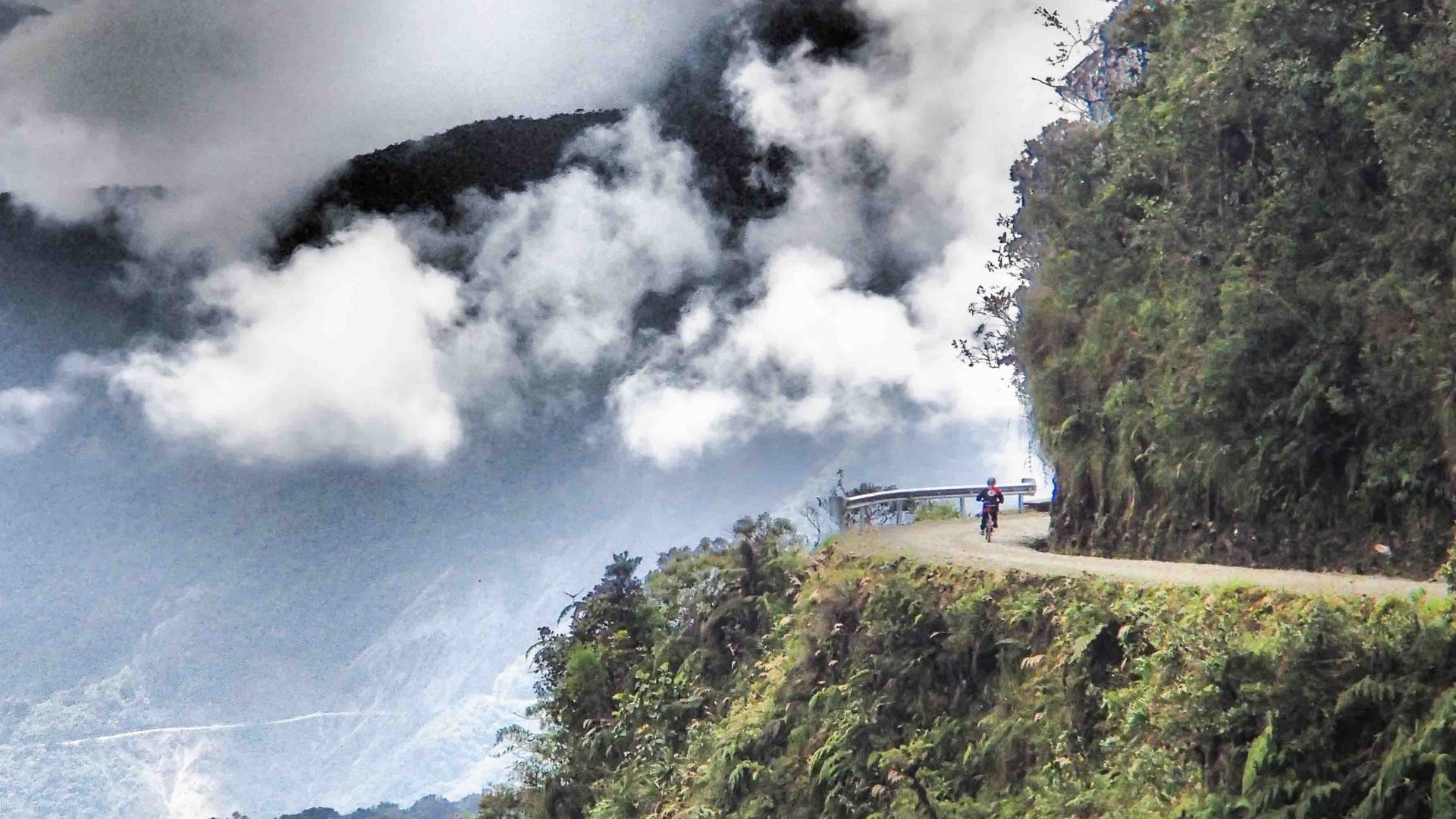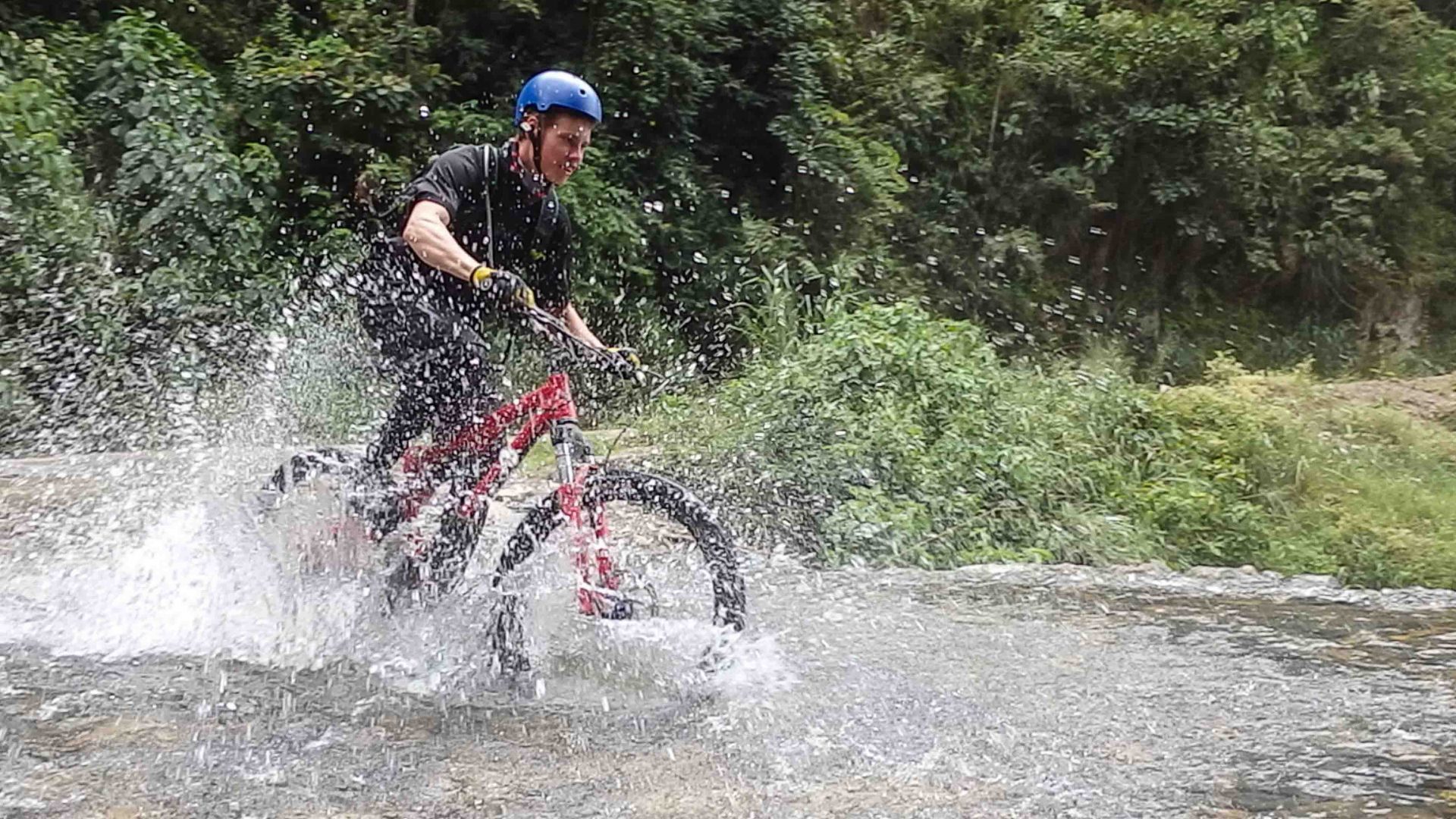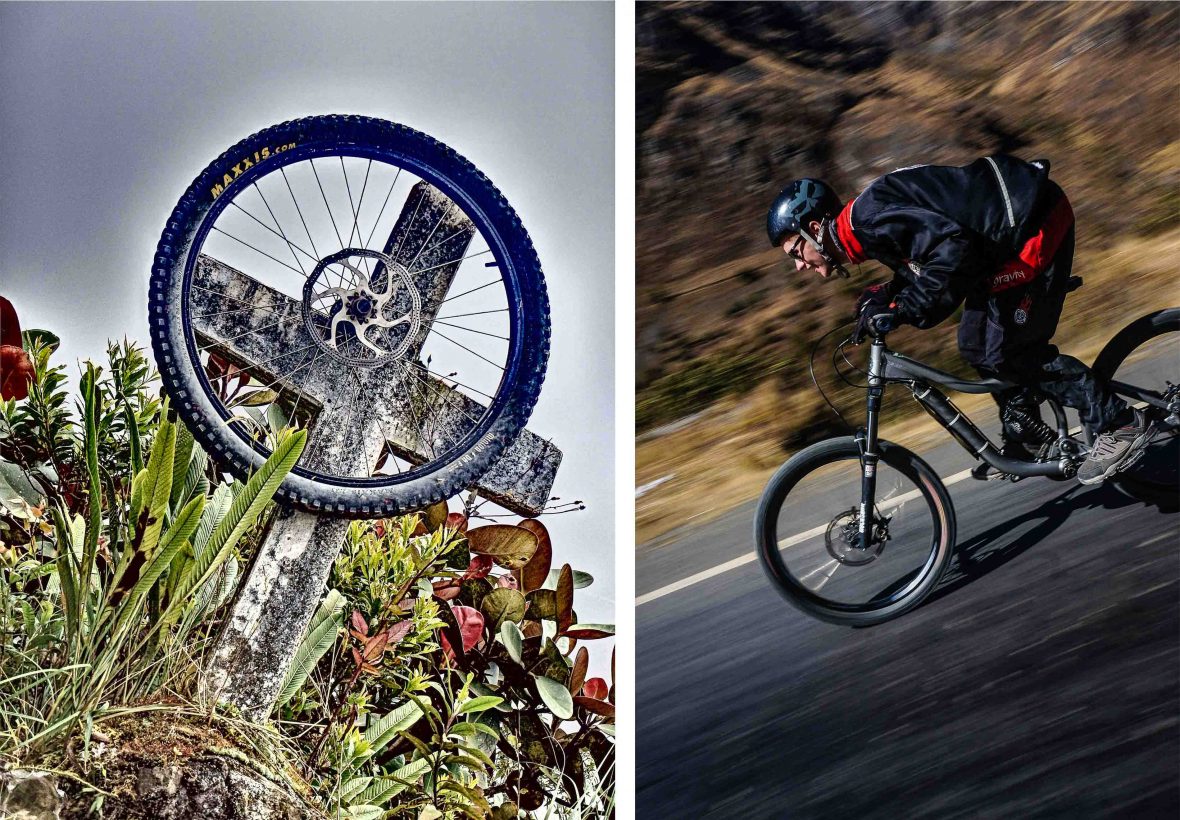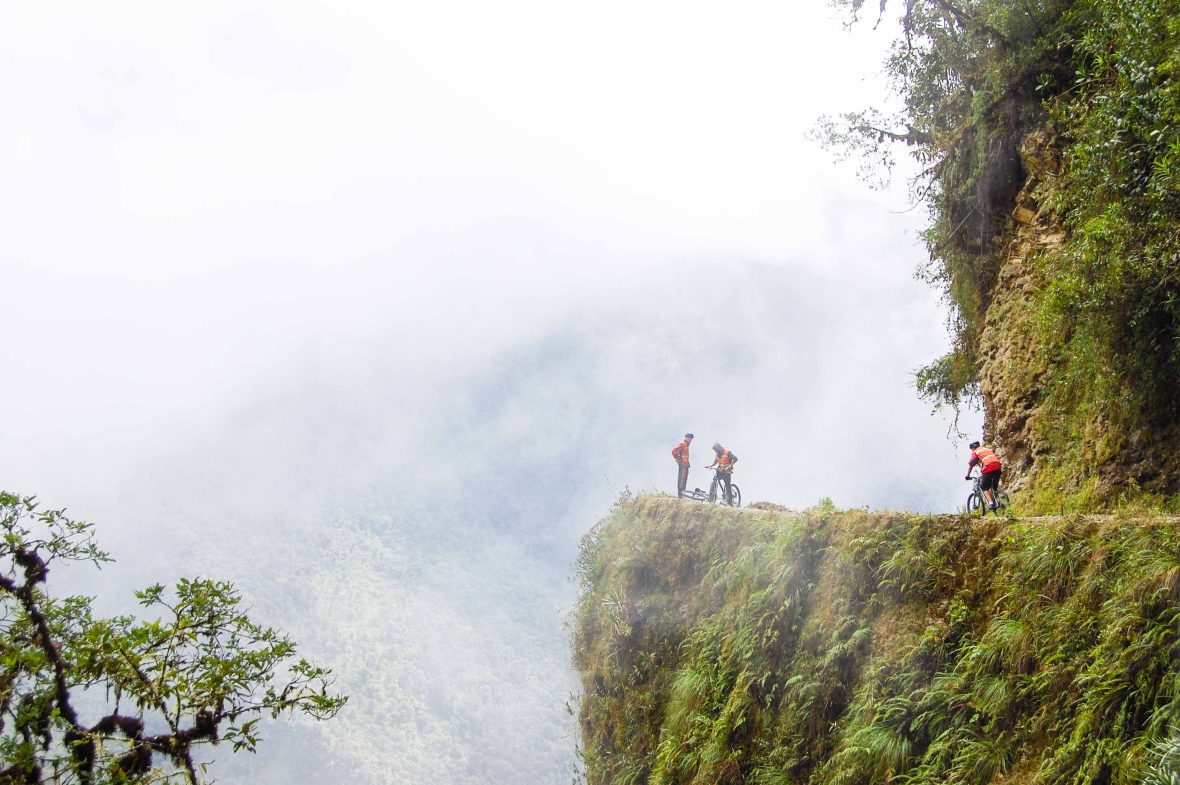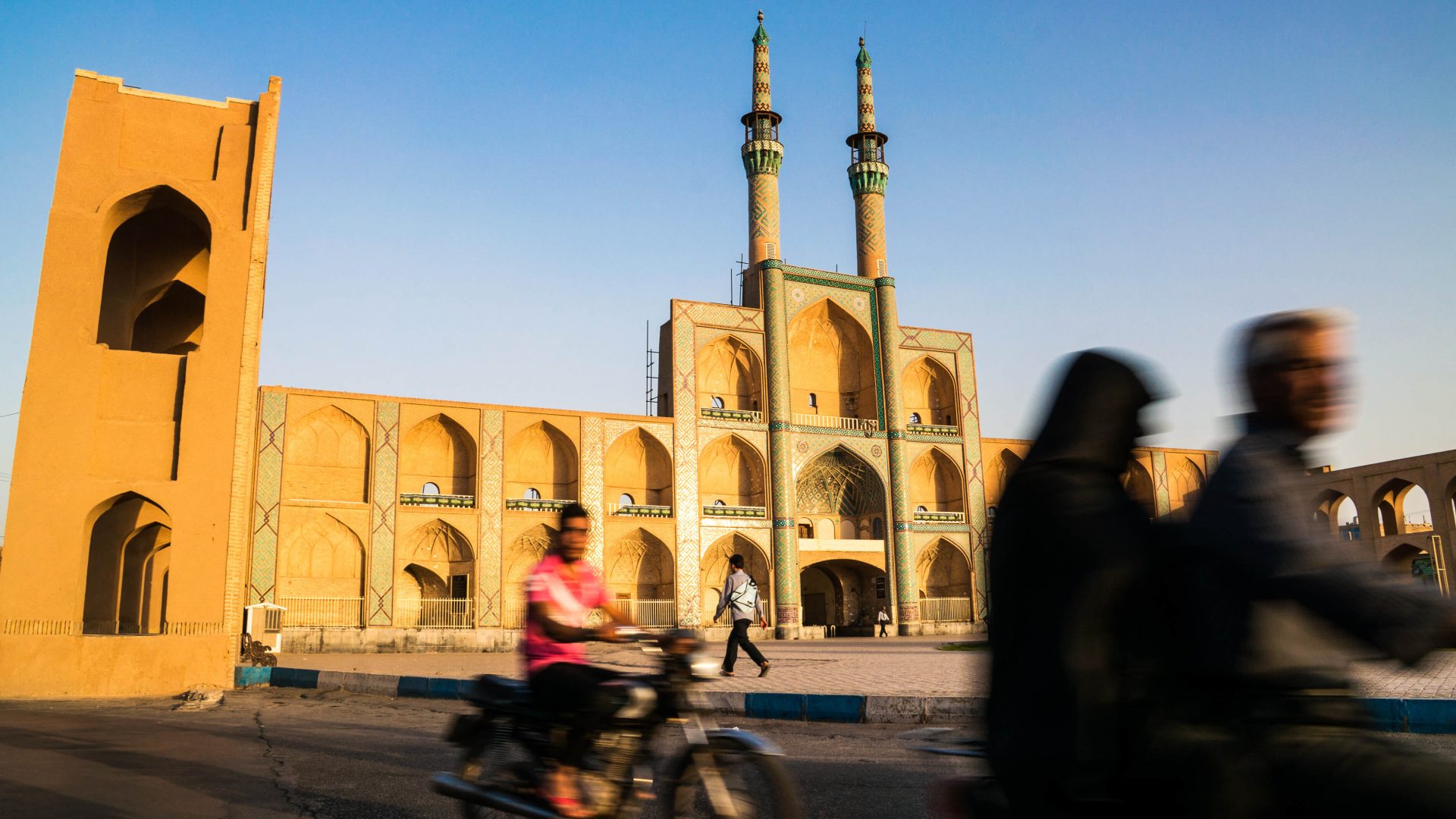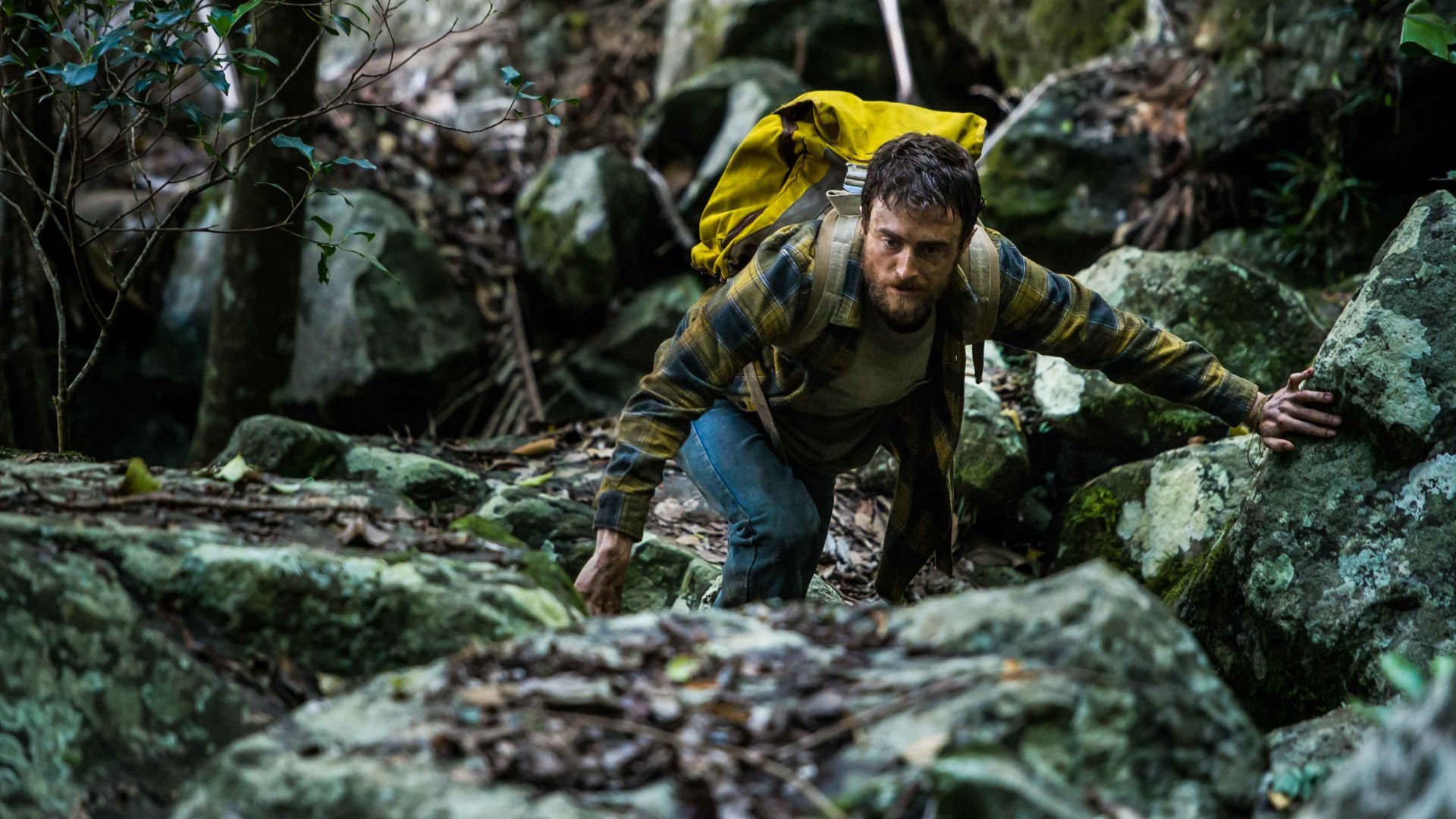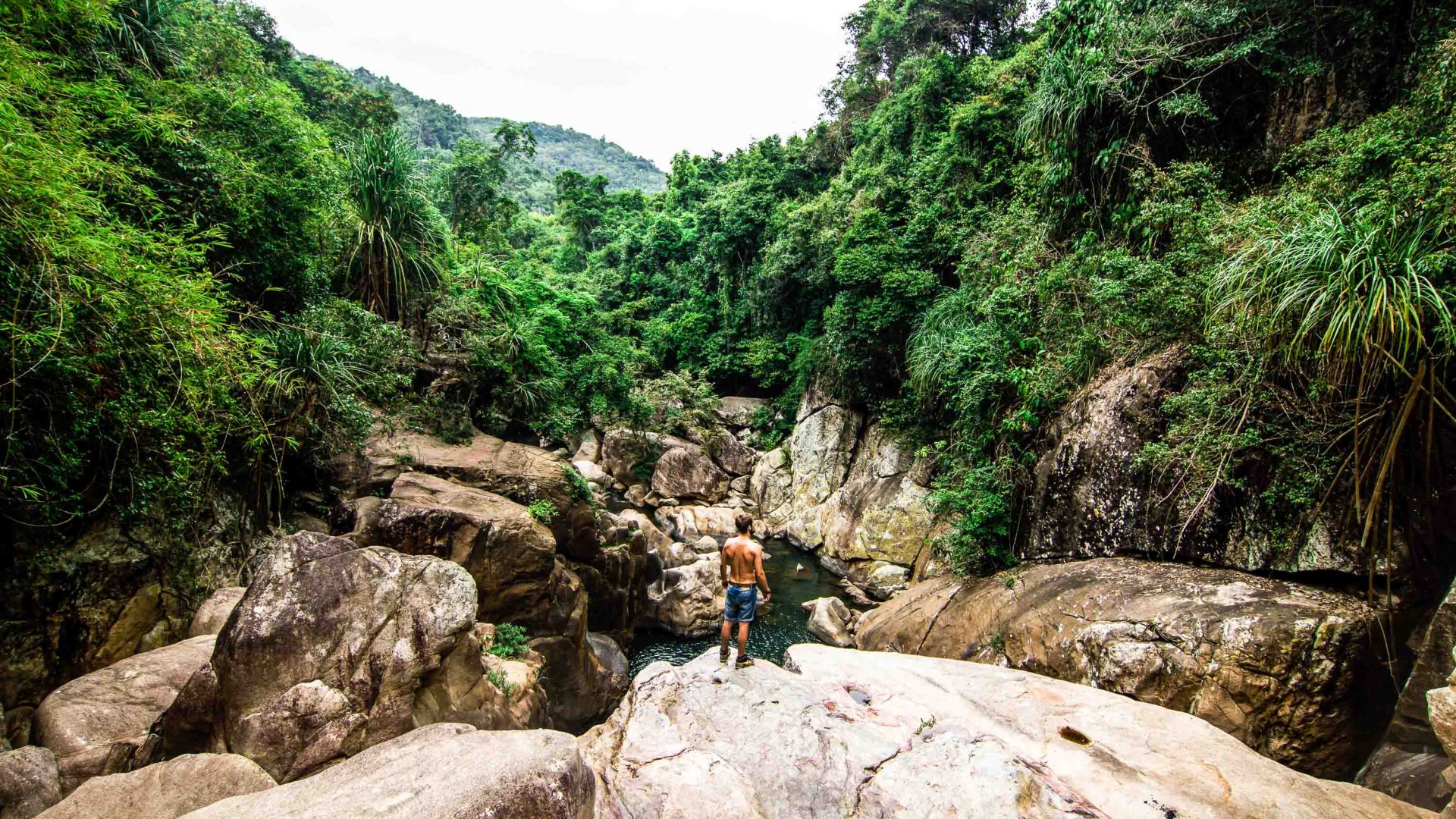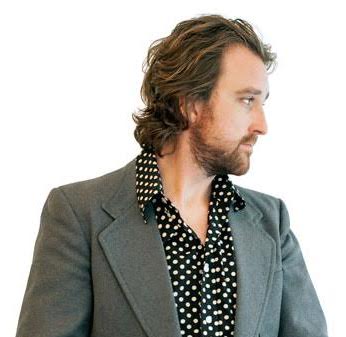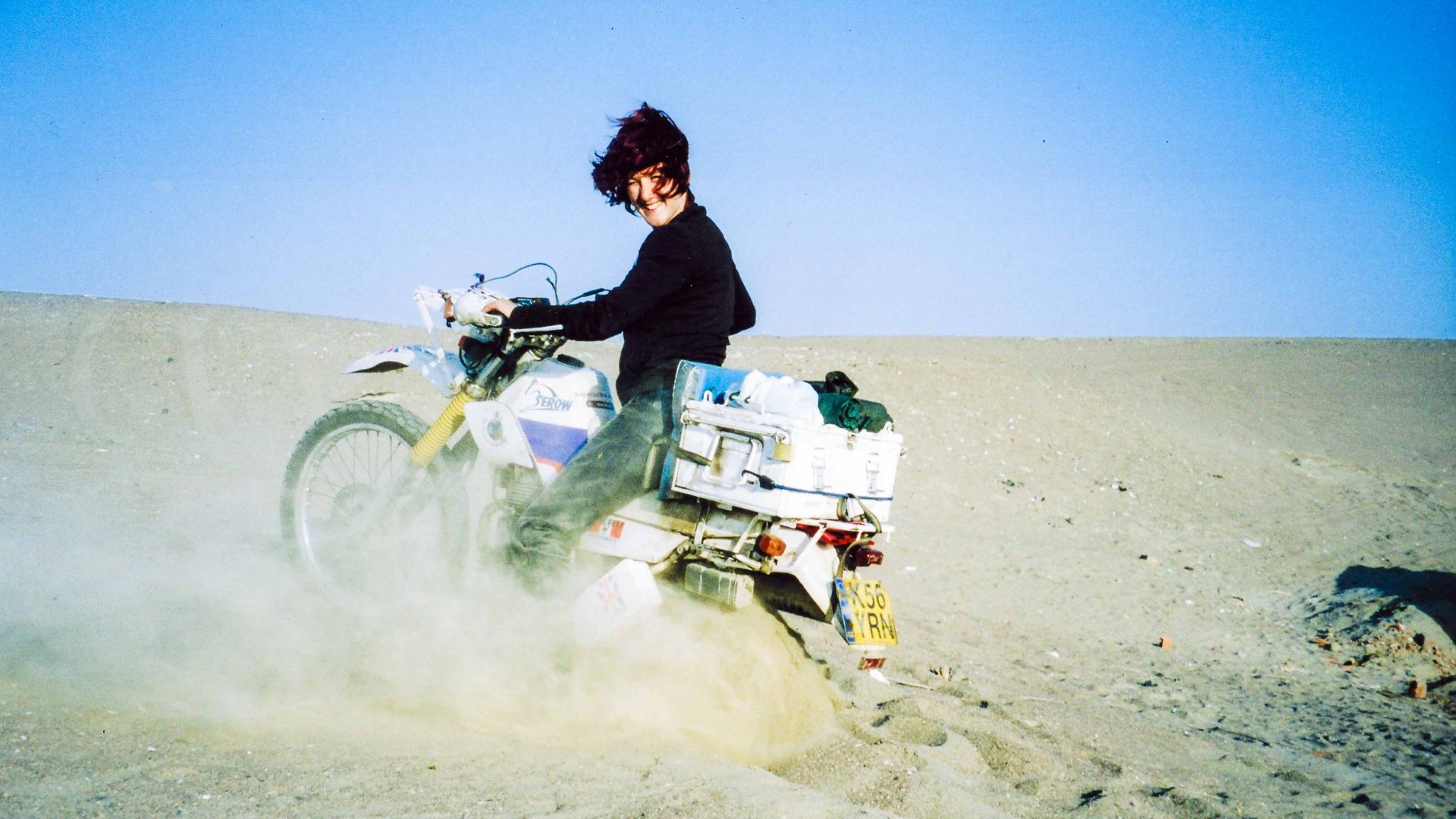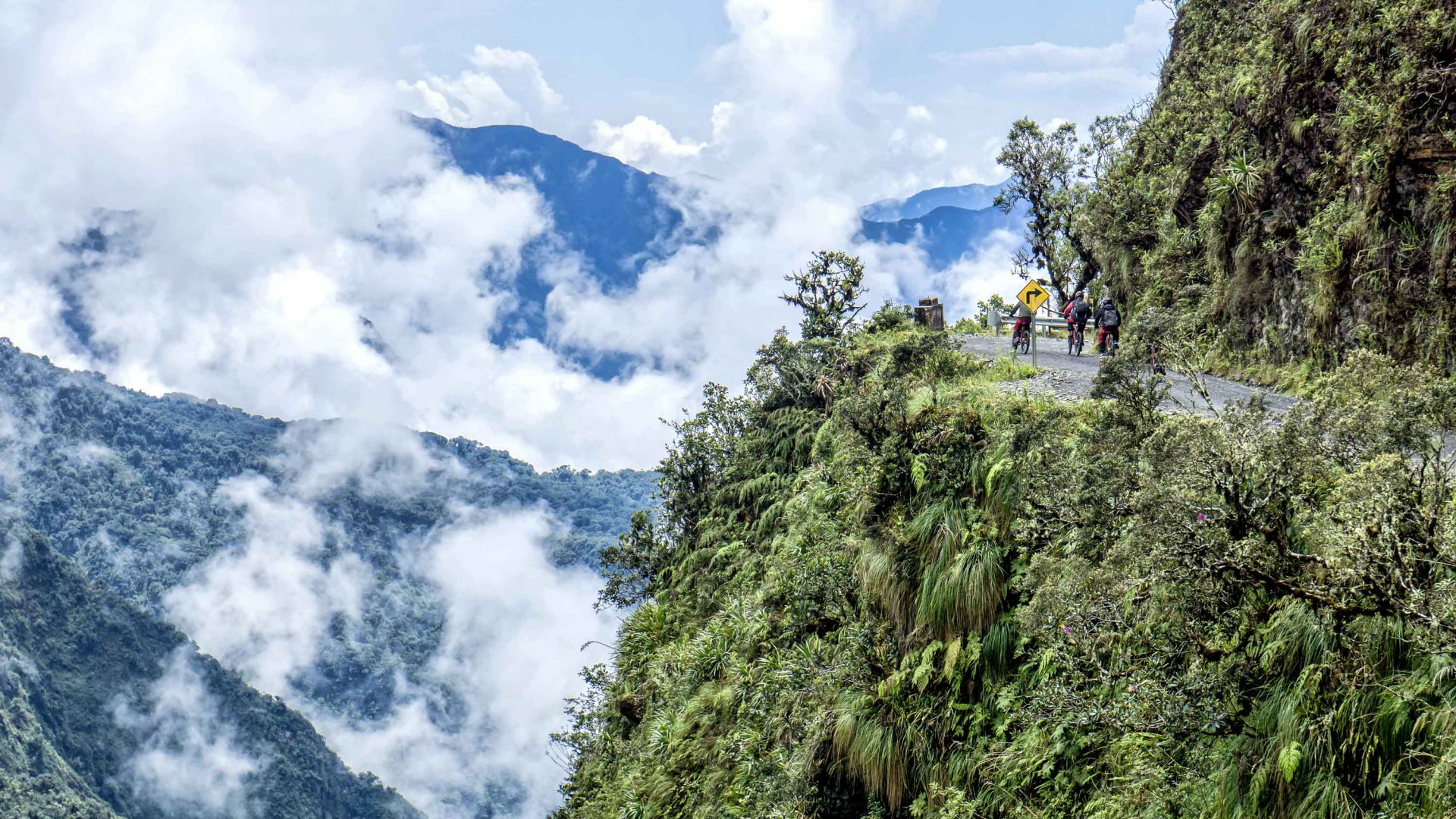
Editor’s note: This article was published before the coronavirus pandemic, and may not reflect the current situation on the ground.
Bolivia’s Death Road might be famous for claiming 300 lives a year, but writer Andrew Fenton finds tackling it on two wheels can offer travelers far more than just bragging rights.
From the moment you arrive in La Paz, Bolivia, it’s the question on every traveler’s lips: ‘Have you ridden Death Road?’
In every bar, there’s at least one adventurer in an “I Survived Death Road” T-shirt, explaining how they’d hurtled down a mist-covered mountain track on two wheels, a few feet away from a deep abyss.
“Hundreds of people die on the road every year!” they tell you.
Incredibly, it’s almost true: The narrow, cliff-hugging Yungas Road, from the mountains near La Paz to the Amazonian rainforest, really did used to claim more than 300 lives a year. Its reputation stretches as far back as 1937, when boy reporter Tintin jumped clear at the last moment after his car plunged over the road’s edge in Tintin and the Broken Ear. And the legend only grew when the Inter-American Development Bank called it ‘the world’s most dangerous road’ in a 1995 report.


